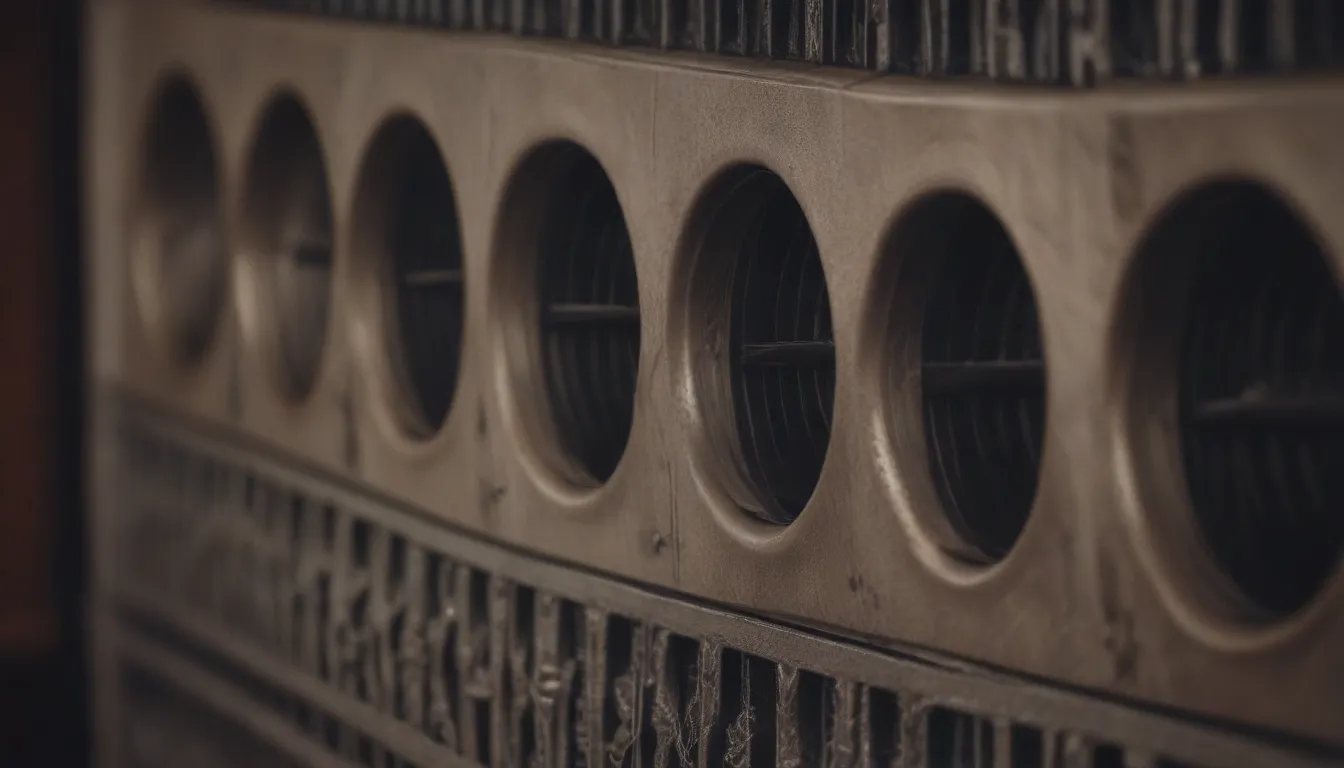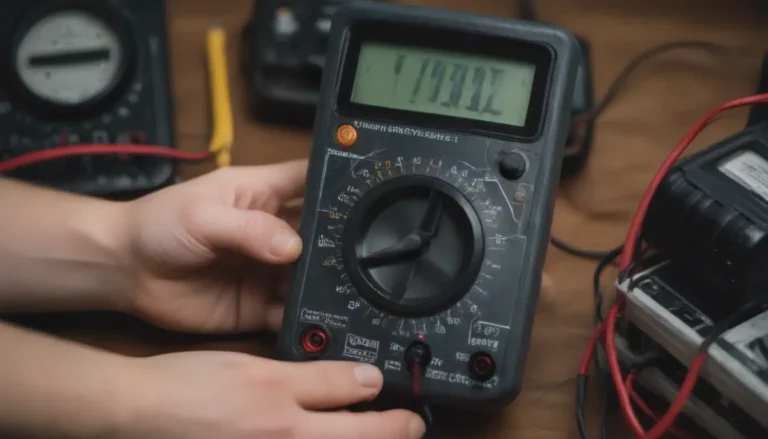Everything You Need to Know About Steam Radiator Air Vents

If you have a one-pipe steam boiler system in your home, then understanding how the radiator air vent works is crucial to ensuring your heating system operates efficiently. In this comprehensive guide, we will dive deep into the world of steam radiator air vents, exploring how they function, the different types and sizes available, and useful tips for optimizing their performance. So, let’s get started!
Demystifying Steam Radiator Air Vents
The radiator air vent, also known as the air valve, steam vent, or steam valve, plays a vital role in regulating the flow of steam in your radiator. This small yet essential component is typically located at the opposite end of the radiator from the supply pipe, around halfway up or towards the top. While many air vents come in bullet-shaped designs, they can vary in shape and size, with some being concealed by decorative radiator covers.
It’s important not to confuse the air vent with the control valve (supply valve), which is connected to the supply pipe and is usually situated near the bottom of the radiator. Unlike the control valve, the air vent operates autonomously, without any manual intervention, to ensure proper functioning of the heating system.
Understanding the Inner Workings of Steam Radiator Air Vents
During periods when the steam boiler is not actively heating, the radiator air vent remains open, allowing ambient air to fill the radiator. Once a heating cycle kicks in, steam travels up through the supply pipe and enters the radiator. As the steam fills the radiator, it displaces the air, pushing it out through the open vent. The heat from the steam causes the vent, a heat-sensitive valve, to close, trapping the steam inside the radiator and allowing it to emit heat into the room.
This process of filling the radiator with steam and expelling air is what creates the distinctive hissing sounds characteristic of a one-pipe steam boiler system. It’s worth noting that variations of this valve can also be found in the supply lines of one-pipe systems and the supply and return lines of two-pipe steam boiler systems.
Exploring Steam Radiator Air Vent Types and Sizes
Radiator air valves are available in various sizes that facilitate different rates of airflow. By adjusting the airflow to each radiator, you can control how quickly the radiator heats up, enabling you to fine-tune the heating system for optimal performance. This balance ensures that each room receives the appropriate level of warmth.
The different sizes of air valves, ranging from smallest to largest, include:
– #4
– #5
– #6
– C
– D
– #1
Different valve sizes are suitable for specific applications:
– #4: Ideal for use in smaller rooms or those closer to the steam boiler.
– #5 and #6: Suited for regular-sized rooms and moderate heating requirements.
– C and D: Best for larger rooms or those located at the end of long pipe runs.
– #1: Recommended for extreme heating needs or particularly cold areas.
Useful Tips for Optimizing Your Steam Radiator System
To ensure your steam radiator air vents operate efficiently and effectively, consider implementing the following tips:
1. Regular Maintenance: Periodically inspect and clean your air vents to prevent blockages or malfunctions.
2. Balancing the System: Adjust the airflow to each radiator to achieve a consistent heat distribution throughout your home.
3. Thermostat Placement: Install thermostats in rooms with smaller air vents to maintain accurate temperature control.
4. Upgrading as Needed: If you notice any issues with your air vents, consider upgrading to newer, more advanced models for improved performance.
By following these tips, you can enhance the functionality of your steam radiator system and ensure a comfortable living environment during the colder months.
Conclusion
In conclusion, understanding how steam radiator air vents work is essential for maintaining an efficient and effective heating system in your home. By familiarizing yourself with the inner workings of these small but crucial components, you can optimize the performance of your radiator system and ensure consistent warmth throughout your living space. With the right knowledge and proper maintenance, your steam radiator air vents can continue to operate smoothly for years to come. So, take the time to care for your heating system, and enjoy a cozy, comfortable home all winter long!





